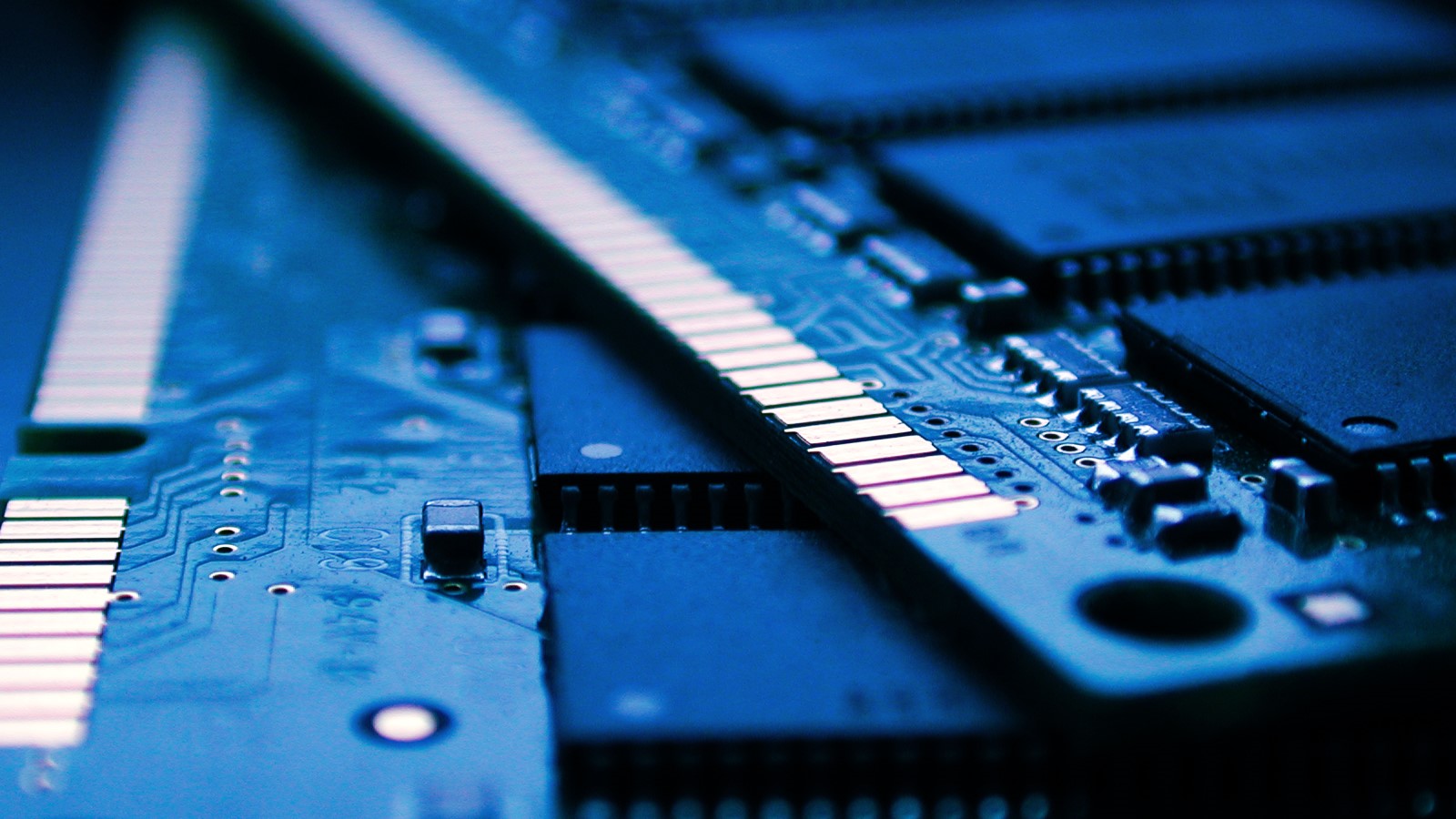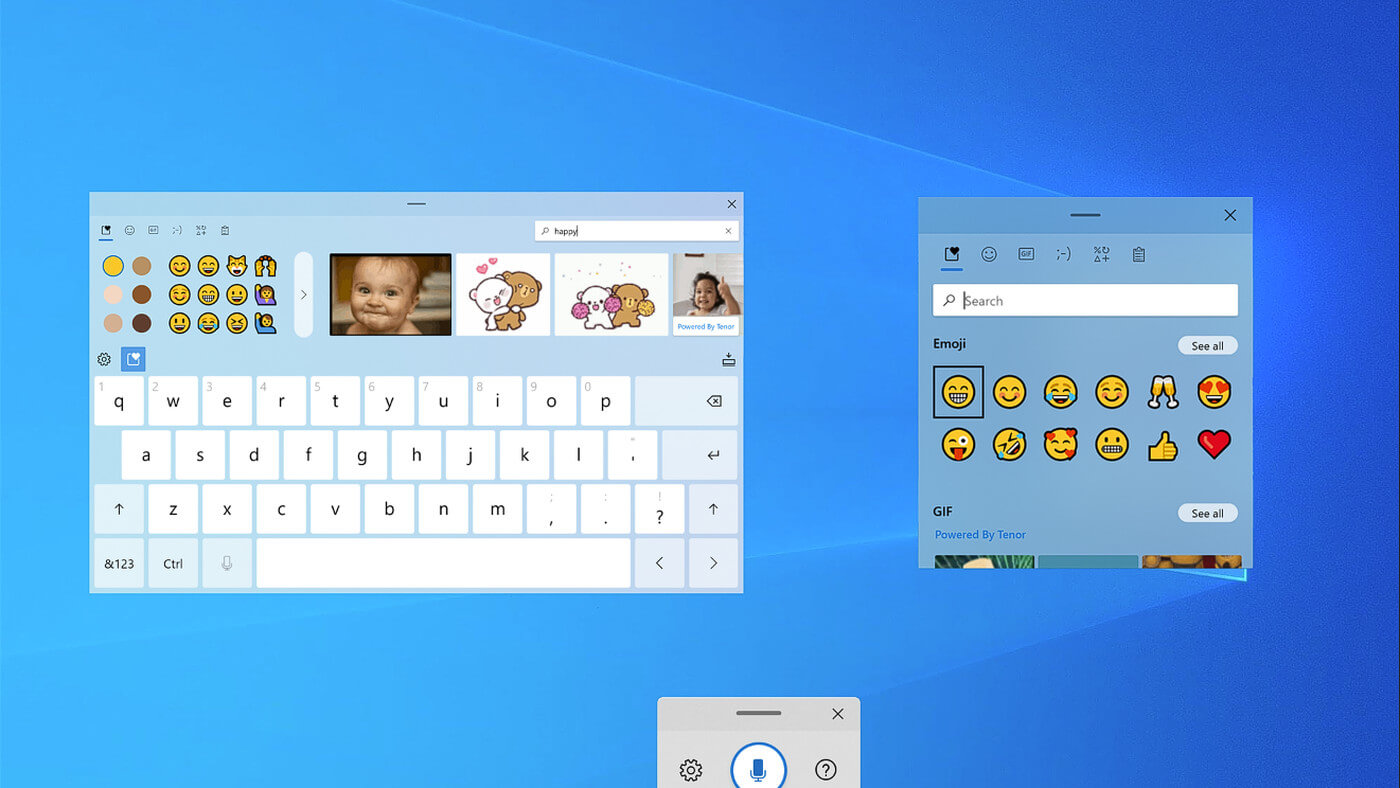Stop C00002lA Fatal System Error- What is it?
C00002lA Fatal System Error is a blue screen of death error that may occur when you start your Windows NT 4.0 based computer. This error causes the screen to turn blue and the system also shuts down.
The stop C000021A error message is displayed in the following format:
Stop c000021a {Fatal System Error}
The session manager initialization system process terminated unexpectedly with a status of 0xc0000017 (0x00000000, 0x0000000) The system has been shut down.
Error Causes
The stop C000021A error occurs when either Crsrss.exe or Winlogon.exe fails. When the Windows NT kernel identifies that either of these processes has failed, it stops and the error code stop C000021A appears on the computer screen.
Here are some of the underlying causes for the stop C0000021A error:
- The incompatible third-party program
- Hard disk issues
- Service pack installation has failed
- Mismatched system files have been installed
- Bad and invalid registry keys
Further Information and Manual Repair
To resolve the stop C000021A Fatal System Error on your PC try the following solutions:
-
Remove Incompatible Third Party Programs
If the error occurred after you recently installed a new program, then it is advisable to remove that program. The error occurs due to the incompatibility of the program.
To remove the program go to the start menu and click on the control panel. Now click on Add/Remove Program tab and double click on the program name that you recently installed and remove it from the list.
Once removed, not reboot your PC. Reinstall a compatible program and run it. It is most likely to resolve the issue. However, if the stop C000021A error still occurs, then it means the problem is critical. It is related to the registry.
-
Repair and Restore the Registry
This procedure is slightly long and tricky.
To try it, you need to be technically sound. Here’s what you have to do: first create a parallel installation of Windows NT.
Start your PC to the parallel installation and then open the Registry Editor. On the Registry Editor’s Windows menu click HKEY_LOCAL_MACHINE on Local Machine and then click Load Hive.
Now type the path %systemroot%system32configsystem into the System hive of the prior installation. Then click open. Here you will be prompted to enter the name of the key, type TEST.
Note the setting for the current DWord value in the preceding registry key. This is 0x1 and is denoted by CURRENT:Reg_Dword: 0x1.
This value indicated that the Current Control Set for your original Windows NT installation corresponds to ControlSet001 in this window. Now if the value is 2, it indicated that the Current Control Set corresponds to ControlSet002.
Now locate the following registry key:
HKEY_LOCAL_MACHINETESTControlSetXXXControlSession Manager. XXX is the Current Control Set Value. And delete any pending file rename operation entries. Then click TEST hive and then click Unload Hive. After that again repeat the process, open the registry menu and click load hive, here type the path %systemroot%system32configSoftware to the Software hive of the prior installation and then click open.
Now you type TEST 2 when you are prompted for the name of the key. Remove any pending file rename operations entries in the following registry keys:
HKEY_LOCAL_MACHINETEST2MicrosoftWindowsCurrentVersionRunOnce
HKEY_LOCAL_MACHINETEST2MicrosoftWindowsCurrentVersionRunOnceEx
Now click TEST2 hive and then click unload hive. Quit the Registry Editor and then restart your original installation.
This will resolve the stop C000021A error.
 Run the Windows Memory Diagnostic tool
Run the Windows Memory Diagnostic tool
 If by any chance you are working on a touchscreen PC, tablet, or any similar device and have no access to a hardware keyboard there is a way to place Touch Keyboard on your screen for easy typing, and you can enable icon on the taskbar for easy access.
If by any chance you are working on a touchscreen PC, tablet, or any similar device and have no access to a hardware keyboard there is a way to place Touch Keyboard on your screen for easy typing, and you can enable icon on the taskbar for easy access.

